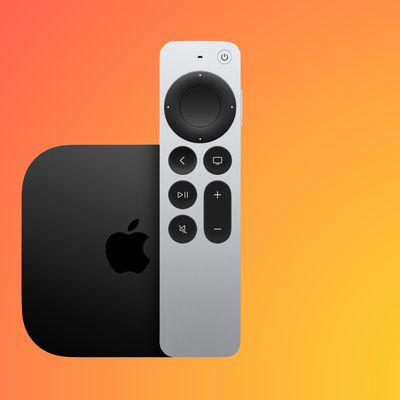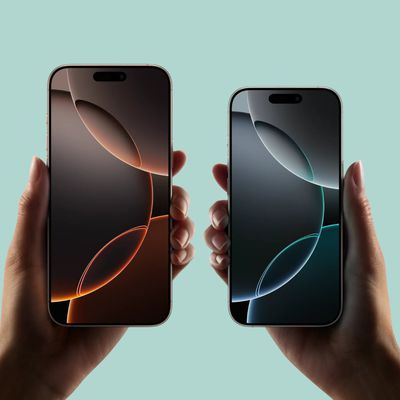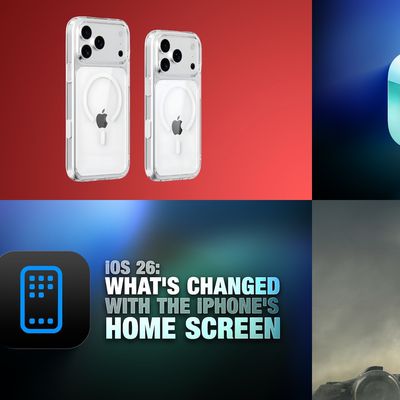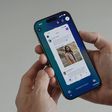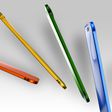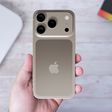Overall Apple Watch shipments are expected to rise to 4.5 million units in the fourth quarter of this year and could reach 15 million for the whole of 2017, according to sources in the upstream supply chain (via DigiTimes).
Those predictions bode well for Apple as it prepares to launch its third-generation smartwatch, but the figures stand in stark contrast to other vendors of wearable devices, who are seeing increasingly weakening demand.
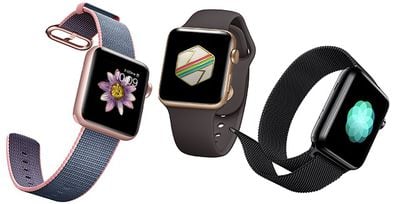
Xiaomi and Fitbit are both experiencing dropping sales for their current smartwatch ranges, while wearable shipments from Samsung, LG, Huawei, and Motorola remain weak overall. Asustek has already decided to leave the market completely and Intel has been cutting staff and R&D resources involved in its wearable platforms.
High prices, weak battery life, overlapping functionalities with smartphones, and poorly integrated ecosystems are among the reasons cited for the less-than-impressive demand for rival wearables.
Meanwhile Apple's smartwatch continues to ride a wave of popularity, with supply chain sources expecting Apple Watch volume to rise to up to 20 million units in 2018. By contrast the first-generation Apple Watch shipped less than 5 million units in 2015, while the second-generation model has maintained strong sales since its launch in September 2016.
Set to launch next month, the Apple Watch Series 3 is said to be coming in both Wi-Fi and Wi-Fi + LTE models in 38mm and 42mm sizes, according to KGI securities analyst Ming-Chi Kuo. Kuo reckons the cellular-enabled model will have an embedded SIM, but it might support VoIP calling only. Apple Watch Series 3 models will also reportedly have improved performance and longer battery life.
Rumors of a design change for the third-generation watch can't be confirmed, but it's possible some small tweaks to the form factor could be revealed in September, alongside new iPhones and possibly a 4K-capable Apple TV.


